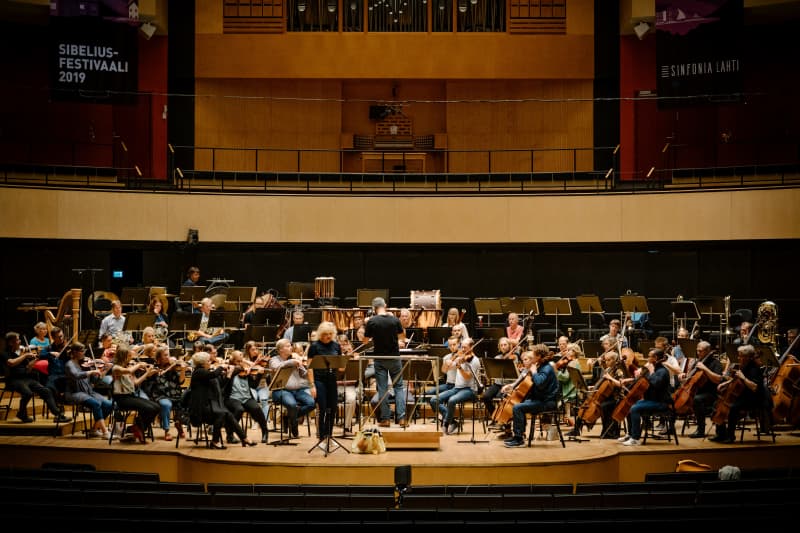
Yle explored gender divisions in classical music. In this article, we go through the background of the story project.
Compositions by non-men are still rarely heard in orchestral concerts.
This despite the fact that the debate about the diversity of orchestras’ repertoires – or rather the lack of it – has been going on for years.
Something has been done. The orchestras have launched historical women’s projects and organized festivals focusing on music composed by women. In addition, individual compositions by women are added to the repertoire.
It’s easy to think that equality is realized when women are featured here and there.
However, the result of a closer look is always the same. Despite the public debate and projects, change is very slow.
Composers and their stories are interesting
You often hear people insisting that music is not gendered. However, the composition is the product of the composer’s spirit. Composers and their stories are interesting, and it matters who created the work.
A piece of music is a social document just like a book, article, film or painting. It is hard to imagine an art museum without women’s artwork or a library without women’s books. Orchestras should also support the access of different voices of our society to those who can be heard. In addition to the diversity of gender, the matter also concerns other diversity, such as ethnicity.
Concert halls are not museums
Another thing that is repeatedly invoked in the discussion is that the compositions should be selected for the repertoire only based on quality and not gender.
Defining quality is partially impossible. After assessing compositional technical issues, we soon come to matters of taste and the fact that repertoires are put together a lot out of pure habit.
Only by increasing diversity and presenting today’s artists can the field of classical music guarantee its position in the future. Otherwise, concert halls are threatened by museumization.
How were the statistics calculated?
We calculated the gender distribution of composers, conductors and soloists from the 2022 concerts. We limited the orchestras to be counted to the largest and most significant symphony orchestras in Finland and the most significant other classical music orchestras.
The orchestras could have been chosen differently, but it wouldn’t change the percentages much. Corresponding ratios have been reached in previous years’ statistics (e.g. Finnish symphony orchestras ry.
In Yle’s survey, concert information for symphony orchestras was obtained from the Finnish Symphony Orchestras’ concert calendar, information for other orchestras from the orchestras’ websites. The data was incomplete in some respects, but the amount of data was large enough to form a reliable overall picture.
In Yle’s survey, the gender of the persons was assumed based on their name. An individual composer name was counted only once per concert, even if there were several works by the same composer in the concert. Competitions, singing concerts and entertaining concerts, for example concerts built around a pop artist, were excluded from the statistics.
The ship turns slowly, if at all
The gender distribution in classical music will remain a news topic for a long time, because in the light of the statistics, the increase in diversity, which is vital to the musical life, seems to be extremely slow.
It would gradually be necessary for those doing artistic planning to show that the ship is turning at all – and not just to paint a change of course in festive speeches.
